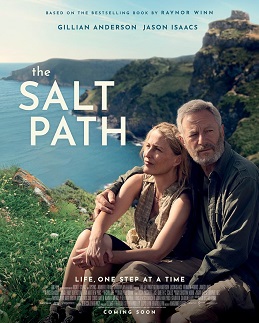Exploring The Salt Path: A Journey of Healing and Hope

Introduction
The Salt Path is a poignant memoir by Raynor Winn that chronicles the journey of resilience and healing following the devastating loss of a home and the impending death of her husband, Moth. This narrative captures the significance of walking as a metaphor for life’s challenges and has resonated deeply with readers. Its relevance is particularly acute in today’s society where many face overwhelming personal hardships, making it a compelling story not just of loss, but of rediscovery and hope.
A Journey of Transformation
After being evicted from their home, Raynor and Moth set out to walk the South West Coast Path in England, with little more than the clothes on their backs and a tent. Their expedition becomes a transformative experience, symbolising their fight against adversity and their will to reclaim joy in life. The couple, particularly Moth, battles with a terminal illness—an aspect that adds layers of urgency and poignancy to their journey, as they learn to cope with both physical and emotional challenges.
As they navigate the stunning landscapes of Cornwall, the couple not only seek shelter from the elements but from the harsh realities of their circumstances. The path serves as a backdrop for their introspection and growth, including the difficulties they face due to financial constraints and Moth’s worsening health condition. Despite these challenges, they find moments of beauty, connection, and strength, embodying the core theme that there can be light even in the darkest times.
Impact and Reception
The Salt Path has received critical acclaim since its release, with readers praising its raw and honest portrayal of grief, love, and the human spirit’s capacity to endure. It has sparked discussions around mental health, homelessness, and the importance of nature in healing. Many have found inspiration in Raynor’s evocative writing and her unwavering determination to navigate life’s uncertainties.
Conclusion
The Salt Path serves as a powerful reminder that, while we may face insurmountable challenges, there is always the possibility for recovery and hope. For readers, it not only tells the tale of two individuals facing their greatest fears but also encourages a broader consideration of resilience in the face of adversity. As individuals grapple with their personal battles, stories like these can inspire courage and remind us of the healing power of nature and companionship.







